Top speed 270 km/h Wingspan 14 m Manufacturer Avions Max Holste | Length 8.65 m First flight 1952 | |
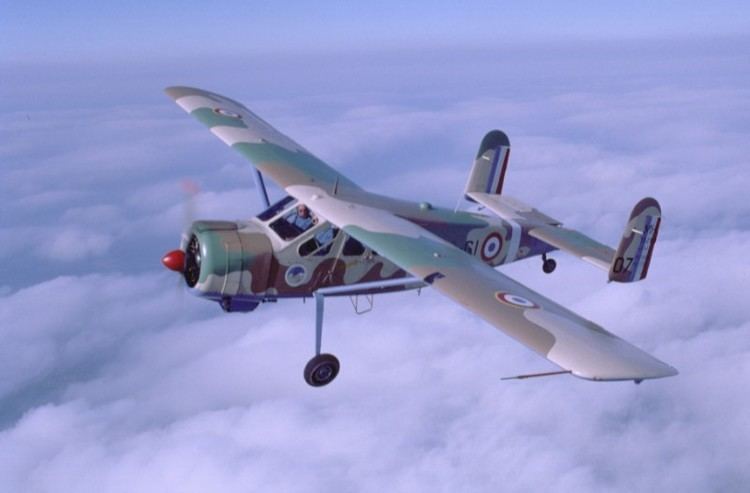 | ||
Max holste broussard mh 1521 segelfluggel nde oedheim degmarn 04 08 2013
The Max Holste MH.1521 Broussard is a 1950s French six-seat utility monoplane designed by Max Holste to meet a French Army requirement.
Contents
- Max holste broussard mh 1521 segelfluggel nde oedheim degmarn 04 08 2013
- Max holste broussard mh 1521 ln wnb hedlanda sweden
- Design and development
- Operational history
- Variants
- Military operators
- Civil operators
- Survivors
- Specifications MH1521M
- References
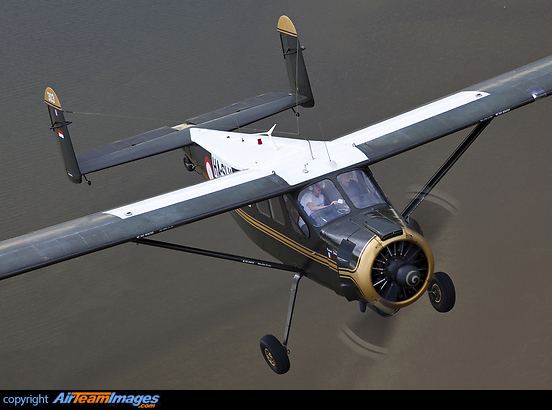
Max holste broussard mh 1521 ln wnb hedlanda sweden
Design and development
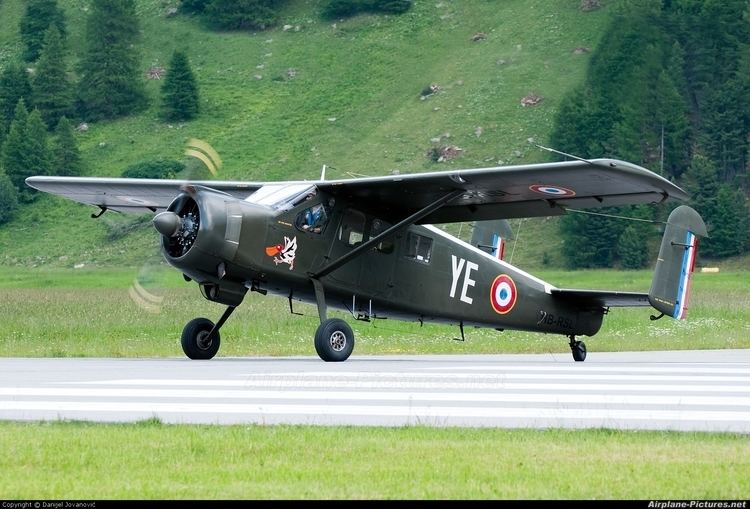
The MH.1521 Broussard was designed to meet a requirement for a lightweight liaison and observation aircraft. It is a braced high-wing monoplane with twin vertical tail surfaces. It has a fixed tailwheel landing gear and is powered by a nose-mounted Pratt & Whitney R-985 radial piston engine.
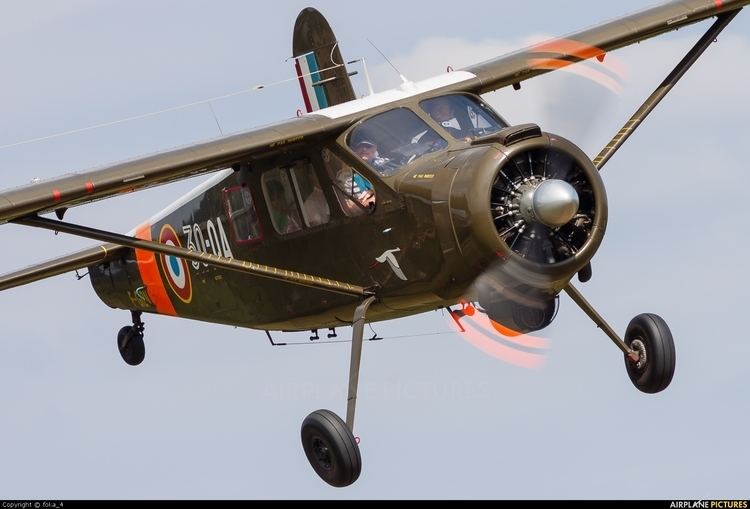
A smaller 220 hp (164 kW) Salmson 8 As.04 powered prototype aircraft, the MH.152, was first flown on 12 June 1951; it had room for a pilot and four passengers but was too small and underpowered to meet the Army requirement. The company decided to develop a slightly larger version and changed the engine to a Pratt and Whitney Wasp Junior, which at 450 hp provided almost twice as much power. This model was designated the MH.1521 and later named the Broussard (lit. Man of the Bush, in the context of bush pilots rather than Bushmen). Its development was enthusiastically supported at a political level by WWII fighter ace and French war hero Pierre Clostermann, a close friend of Max Holste. Clostermann wrote a faction (literature) novel, "Leo 25 Airborne", based on his experiences flying Broussards with Escadrille ELO 3/45 in Algeria.
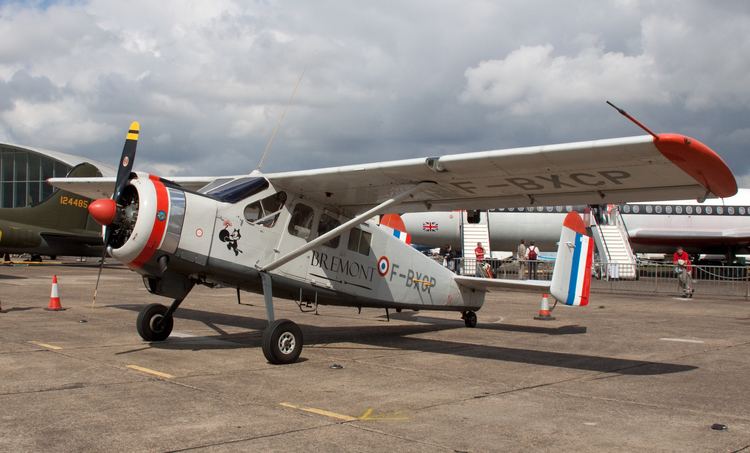
The prototype Broussard first flew on 17 November 1952 and was followed by the first civil and military production aircraft in June 1954, and 363 were built between 1954 and 1959. Its similarity to the de Havilland Canada DHC-2 Beaver in looks, capability and performance lead it to be nicknamed "the French Beaver".
Operational history
It saw service in the Algerian War as an Army cooperation aircraft, mostly as an artillery spotter and in an air supply/ambulance role where its good short-field performance and resistance to ground fire were required. Its distinctive sound, made by its noisy radial engine and large propeller, was a disadvantage as the Algerian guerrillas could hear its approach long before other aircraft. It remained in service until the 1980s, and can still be seen in France, the UK, and the United States being operated by enthusiasts or collectors.
Variants
Military operators
Civil operators
Survivors
181 Survivors list: http://www.airport-data.com/search/search2.html?field=model&search=Search&code=Max+Holste+MH.1521M+Broussard
Specifications (MH.1521M)
Data from The Illustrated Encyclopedia of Aircraft.
General characteristics
Performance
